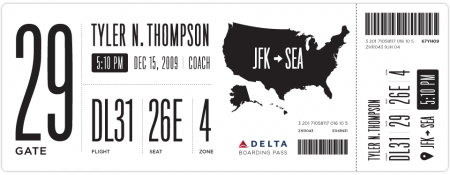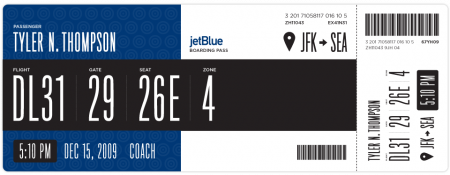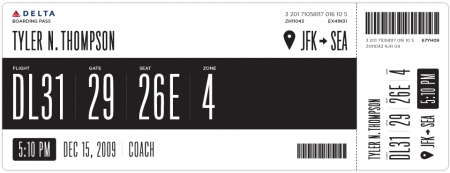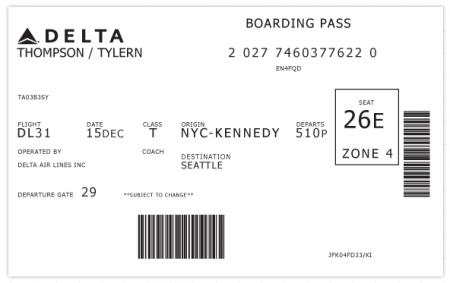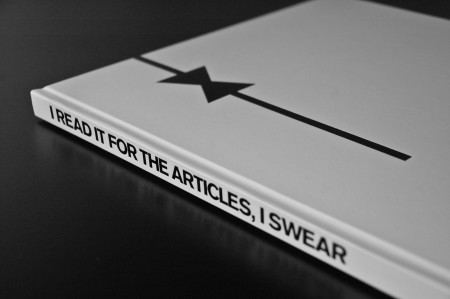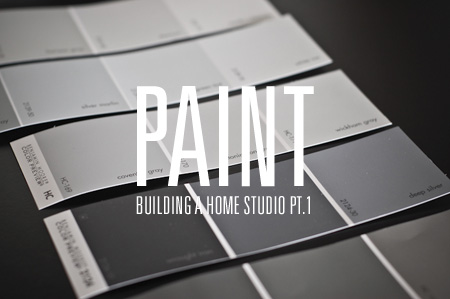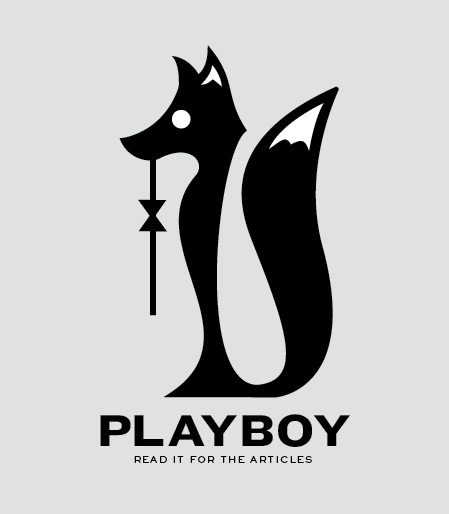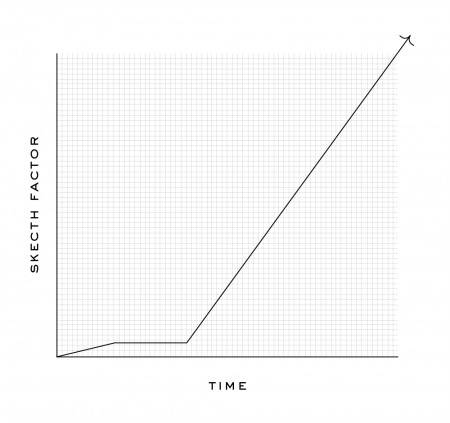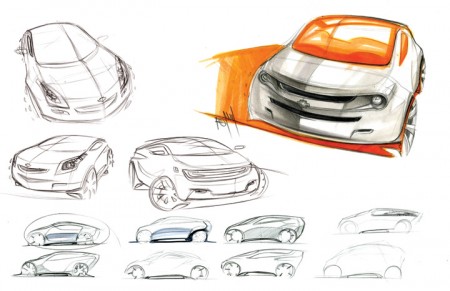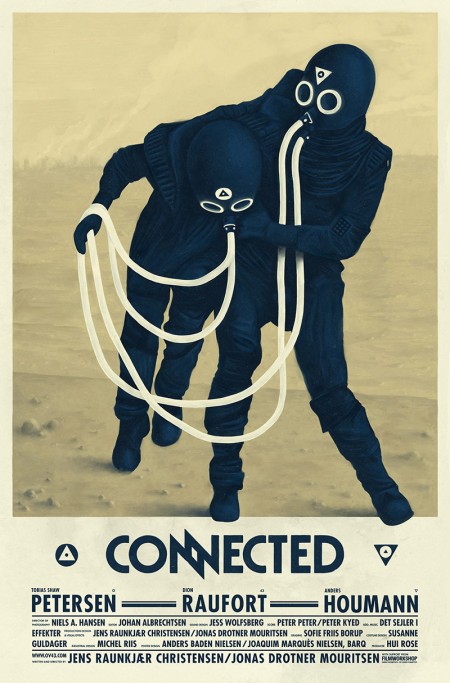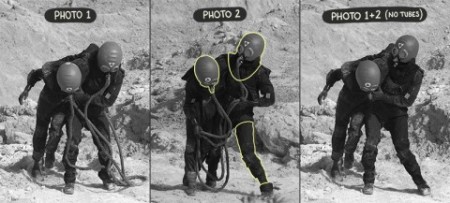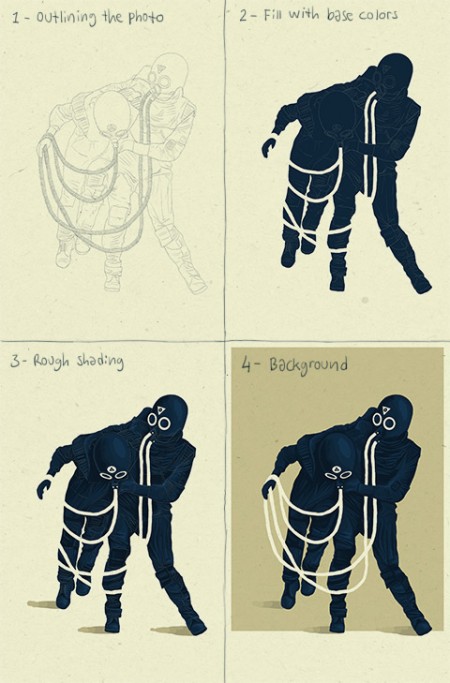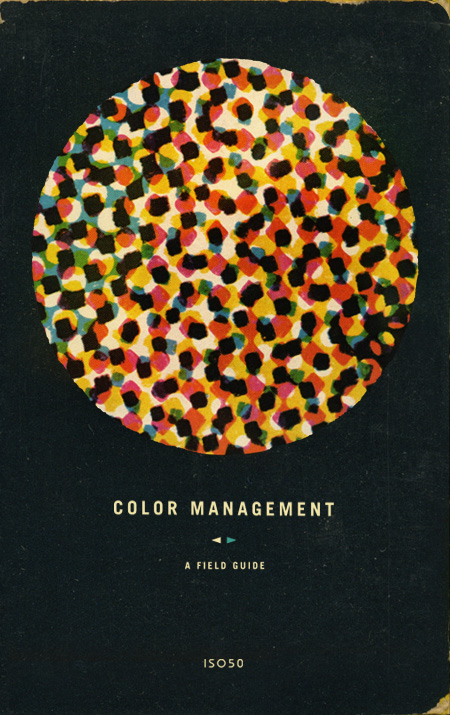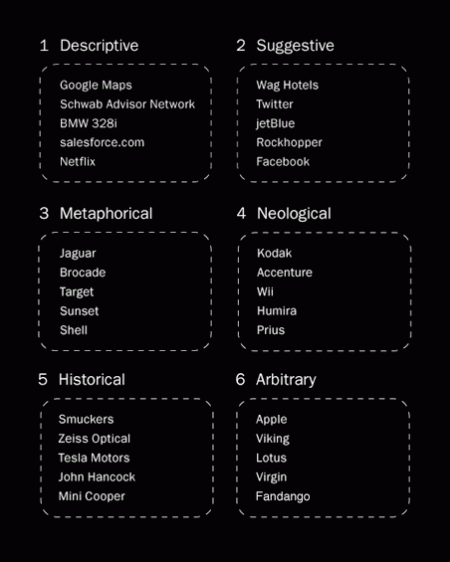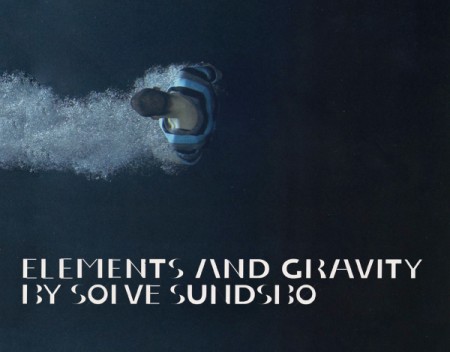
Sourced from Man About Town -- note the interesting article name
A while ago I posted on an article about different techniques for naming your brand. I’ve found that method of brainstorming to be particularly helpful, but sometimes you need an extra spark. I wanted to put another tip out there I’ve found success with recently. Maybe if you’re in need of a brand name this will help you find what you’re looking for. (Of course this sort of thing works for band names too — really any entity that you’re charged with naming.)
So if you’re like me, eventually you run your brain dry of ideas if you’re just sitting around trying to think of the perfect name. Per project, I usually have about two or three days worth of *just* thinking in me. After that I go crazy and try desperately to convince myself that something I thought of is actually amazing. One week later, when I realize I’m delusional, I am back to the drawing board, nameless. My favorite place to look for inspiration these days is no longer song lyrics or the dictionary — it’s fashion magazines.
I suppose any sort of magazine would do, but fashion magazines seem to work best. The titles of articles and photo spreads in fashion magazines are rife with clever turns of phrase and exciting word combinations. Basically anywhere they have to think of clever titles for something pretty abstract is where you want to look. A photo shoot where everyone is wearing black for example, probably has some unusual name (otherwise it’d be really boring). You don’t really see it on blogs, but print writers seem to have a insatiable desire to think of the cleverest name for every article they ever write. Some are completely useless for our purposes, but you can usually find enough of a catalyst to get on the right creative track. I like to make a two column list and combine cool words at random, in hopes of striking something exciting. Here is a short list of a few I noticed in the magazines sitting on my desk (and my thoughts on what they could refer to):
Away with Words (maybe for a publisher?)
Under Statements (minimalist clothing line)
Mind Field (think tank or angel fund)
Sharpsuiter (lame prom-type clothing line)
Her Friend the Bandit (versatile…could be clothing, or maybe a hipster joint)
Elements and Gravity (probably for a jewelry line OR cosmetics)
Some fun ones — if you look for long at all you are bound to find something amazing. Of course it may be perfect for a project you aren’t even working on, but it’s always good to keep a running list. I have the PERFECT name for a bar if I ever decide to start one (I’m not telling). Anyway, it’s an idea, hopefully it helps out!
(I realize there are elements of creative thievery at work here. In a way, you are harvesting another person’s creativity for your own benefit, but I don’t think there are any trace elements of plagiarism at work. In most cases, the phrases or words implemented by the writer are common, and are structures you would have come across eventually, either in conversation or everyday life etc. People may disagree, but I think this is a safe technique.)
